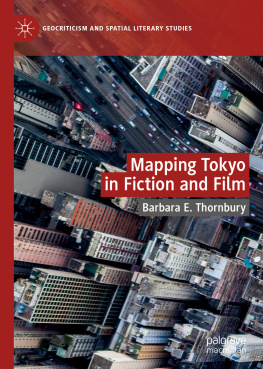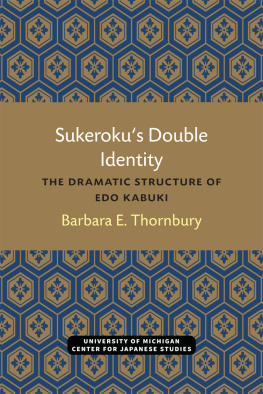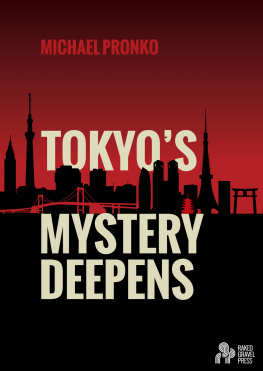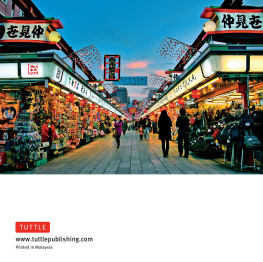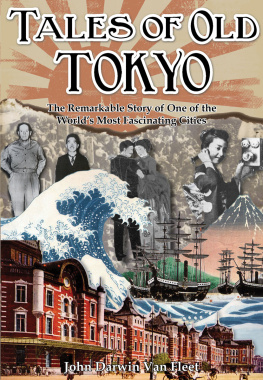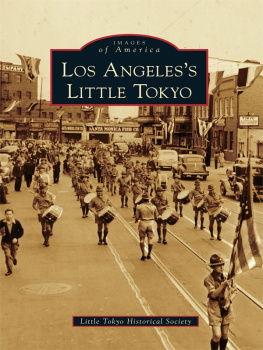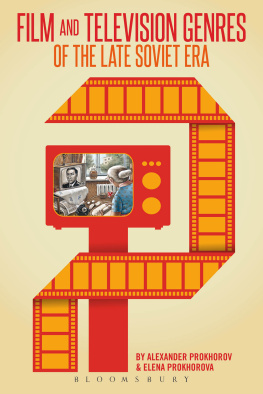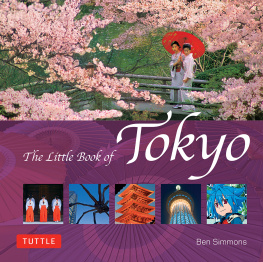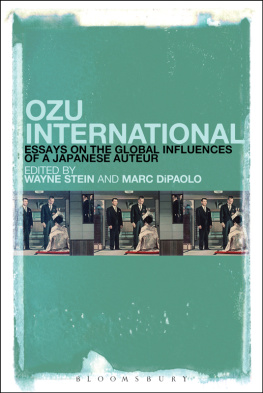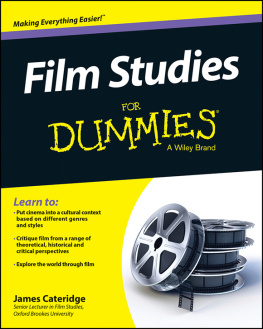Geocriticism and Spatial Literary Studies
Series Editor
Robert T. Tally Jr.
Texas State University, San Marcos, TX, USA
Geocriticism and Spatial Literary Studies is a new book series focusing on the dynamic relations among space, place, and literature. The spatial turn in the humanities and social sciences has occasioned an explosion of innovative, multidisciplinary scholarship in recent years, and geocriticism, broadly conceived, has been among the more promising developments in spatially oriented literary studies. Whether focused on literary geography, cartography, geopoetics, or the spatial humanities more generally, geocritical approaches enable readers to reflect upon the representation of space and place, both in imaginary universes and in those zones where fiction meets reality. Titles in the series include both monographs and collections of essays devoted to literary criticism, theory, and history, often in association with other arts and sciences. Drawing on diverse critical and theoretical traditions, books in the Geocriticism and Spatial Literary Studies series disclose, analyze, and explore the significance of space, place, and mapping in literature and in the world.
More information about this series at http://www.palgrave.com/gp/series/15002
Barbara E. Thornbury
Mapping Tokyo in Fiction and Film
Barbara E. Thornbury
Temple University, Philadelphia, PA, USA
Geocriticism and Spatial Literary Studies
ISBN 978-3-030-34275-3 e-ISBN 978-3-030-34276-0
https://doi.org/10.1007/978-3-030-34276-0
The Editor(s) (if applicable) and The Author(s), under exclusive license to Springer Nature Switzerland AG 2020
This work is subject to copyright. All rights are solely and exclusively licensed by the Publisher, whether the whole or part of the material is concerned, specifically the rights of translation, reprinting, reuse of illustrations, recitation, broadcasting, reproduction on microfilms or in any other physical way, and transmission or information storage and retrieval, electronic adaptation, computer software, or by similar or dissimilar methodology now known or hereafter developed.
The use of general descriptive names, registered names, trademarks, service marks, etc. in this publication does not imply, even in the absence of a specific statement, that such names are exempt from the relevant protective laws and regulations and therefore free for general use.
The publisher, the authors and the editors are safe to assume that the advice and information in this book are believed to be true and accurate at the date of publication. Neither the publisher nor the authors or the editors give a warranty, expressed or implied, with respect to the material contained herein or for any errors or omissions that may have been made. The publisher remains neutral with regard to jurisdictional claims in published maps and institutional affiliations.
This Palgrave Macmillan imprint is published by the registered company Springer Nature Switzerland AG.
The registered company address is: Gewerbestrasse 11, 6330 Cham, Switzerland
Praise forMapping Tokyo in Fiction and Film
Mapping Tokyopresents an astute selection and brilliant analysis of the international explosion in literature and cinema featuring Tokyo in recent decades. By deploying the metaphor of mapping, understood as both a cartographic negotiation of the city and a tool for analysing literary and cinematic texts, Barbara Thornbury has provided a significant intervention into how we understand the representational space of Tokyo.
Mark Pendleton,Lecturer in Japanese Studies, The University of Sheffield, UK
For Don
Series Editors Preface
The spatial turn in the humanities and social sciences has occasioned an explosion of innovative, multidisciplinary scholarship. Spatially oriented literary studies, whether operating under the banner of literary geography, literary cartography, geophilosophy, geopoetics, geocriticism, or the spatial humanities more generally, have helped to reframe or to transform contemporary criticism by focusing attention, in various ways, on the dynamic relations among space, place, and literature. Reflecting upon the representation of space and place, whether in the real world, in imaginary universes, or in those hybrid zones where fiction meets reality, scholars and critics working in spatial literary studies are helping to reorient literary criticism, history, and theory.Geocriticism and Spatial Literary Studiesis a book series presenting new research in this burgeoning field of inquiry.
In exploring such matters as the representation of place in literary works, the relations between literature and geography, the historical transformation of literary and cartographic practices, and the role of space in critical theory, among many others, geocriticism and spatial literary studies have also developed interdisciplinary or transdisciplinary methods and practices, frequently making productive connections to architecture, art history, geography, history, philosophy, politics, social theory, and urban studies, to name but a few. Spatial criticism is not limited to the spaces of the so-called real world, and it sometimes calls into question any too-facile distinction between real and imaginary places, as it frequently investigates what Edward Soja has referred to as the real-and-imagined places we experience in literature as in life. Indeed, although a great deal of important research has been devoted to the literary representation of certain identifiable and well-known places (e.g., Dickenss London, Baudelaires Paris, or Joyces Dublin), spatial critics have also explored the otherworldly spaces of literature, such as those to be found in myth, fantasy, science fiction, video games, and cyberspace. Similarly, such criticism is interested in the relationship between spatiality and such different media or genres as film or television, music, comics, computer programs, and other forms that may supplement, compete with, and potentially problematize literary representation. Titles in theGeocriticism and Spatial Literary Studiesseries include both monographs and collections of essays devoted to literary criticism, theory, and history, often in association with other arts and sciences. Drawing on diverse critical and theoretical traditions, books in the series reveal, analyze, and explore the significance of space, place, and mapping in literature and in the world.
The concepts, practices, or theories implied by the title of this series are to be understood expansively. Although geocriticism and spatial literary studies represent a relatively new area of critical and scholarly investigation, the historical roots of spatial criticism extend well beyond the recent past, informing present and future work. Thanks to a growing critical awareness of spatiality, innovative research into the literary geography of real and imaginary places has helped to shape historical and cultural studies in ancient, medieval, early modern, and modernist literature, while a discourse of spatiality undergirds much of what is still understood as the postmodern condition. The suppression of distance by modern technology, transportation, and telecommunications has only enhanced the sense of place, and of displacement, in the age of globalization. Spatial criticism examines literary representations not only of places themselves, but of the experience of place and of displacement, while exploring the interrelations between lived experience and a more abstract or unrepresentable spatial network that subtly or directly shapes it. In sum, the work being done in geocriticism and spatial literary studies, broadly conceived, is diverse and far reaching. Each volume in this series takes seriously the mutually impressive effects of space or place and artistic representation, particularly as these effects manifest themselves in works of literature. By bringing the spatial and geographical concerns to bear on their scholarship, books in the

